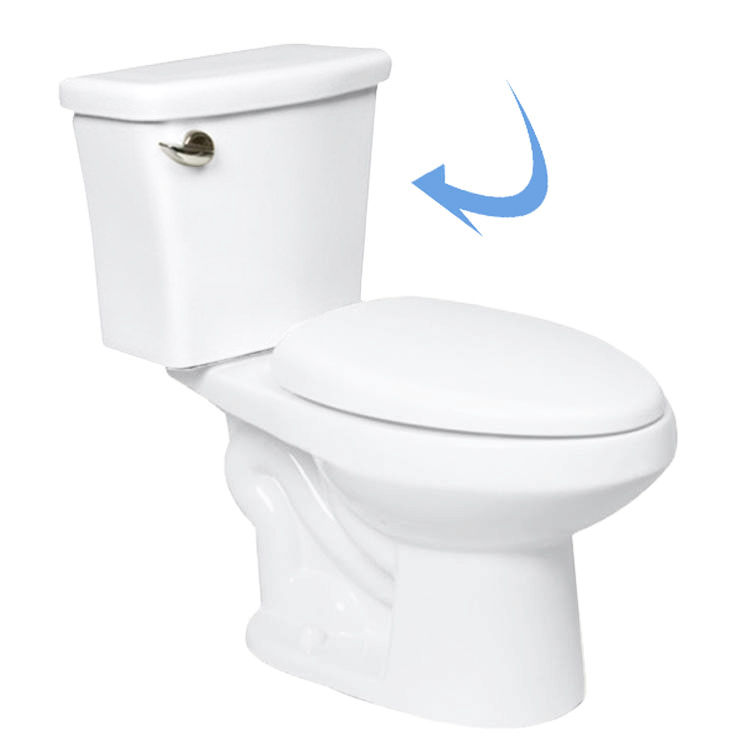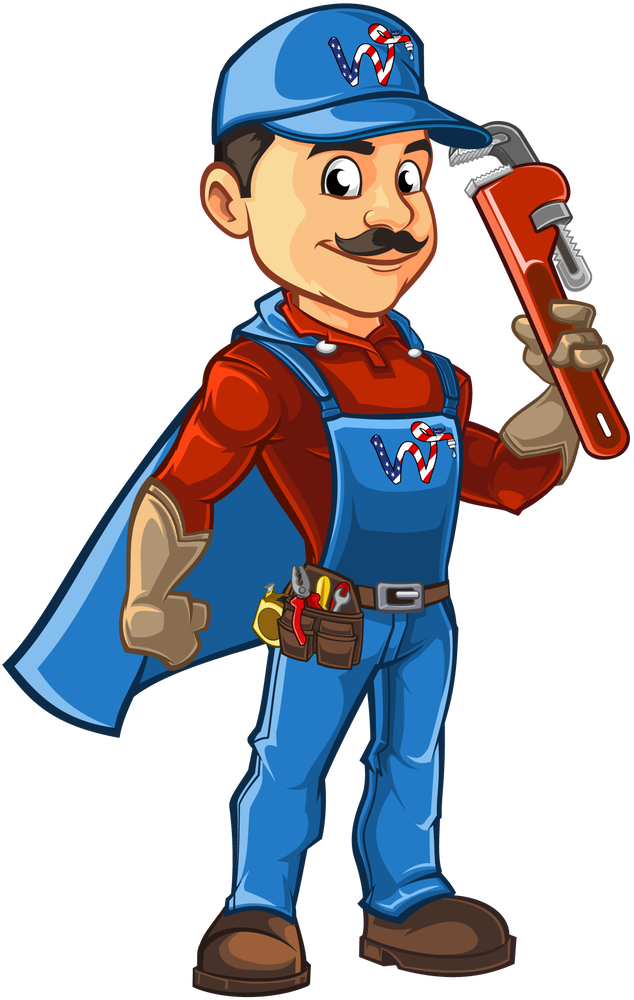
If you’re a homeowner, there are some certainties in life you’ve got to deal with. One of them being that you’re most likely to encounter toilet issues. Toilet issues are pretty common in many homes. This article will cover why your toilet wobbles, what you can do to stop it, and much more, so dig in!
What Makes My Toilet Tank Wobble?
Here are some possible reasons why your toilet tank is wobbling. Please remember that we aren’t talking about the toilet seat or the handle but specifically the tank.
Loose Bolts
Depending on the kind of toilet you have, you might see a valve connected to it. You will find this valve between the toilet tank and the wall. It can turn off the water that gets to your toilet. Turn the valve till you think it’s right.
Turning it will cut off the supply of water to the tank so you can drain it. Check inside your tank for any loose bolts that attach the toilet bowl to the tank. If you find any loose ones, tighten them up. Make sure they aren’t too tight, or they might cause the tank to crack.
A Loose Gasket
The gasket is a hole in your toilet tank that connects to the toilet bowl. It is a rubber ring that seals the tank and prevents any water from leaking.
A Cracked Tank
You can get cracks in your tank if the bolts are too tight. A cracked tank may leak a lot, and depending on the extent of the cracking, you might have to either buy a new tank or fix the crack with patching.
Is Your Toilet Tank Supposed to Wobble?
No, your toilet isn’t meant to wobble. It’s supposed to be sturdy and hold your weight comfortably. If your toilet is wobbly, you can check if some of the issues we’ve mentioned above might be the cause. If they are, you can try to DIY and if not, make sure you call on a professional plumber to fix it.
A wobbly toilet might have leaks, and water damage can be costly to repair. The sooner you get it fixed, the better for your pocket and your valuables.
How Tight Should the Toilet Tank Be?
Porcelain toilets are pretty brittle. So, ensure you should tighten toilet tank bolts very carefully. The best way to ensure you’re tightening the tank bolt nuts is to hand-tighten them, then make a quarter-inch turn on each nut using a wrench.
Once you’ve tightened the nuts, ensure the tank isn’t leaking or wobbling. If it isn’t sealing water or seems a little loose, tighten the bolts gradually. All the bolts should be equally tightened so that there isn’t any stress that could cause cracks on your toilet. Observe the tank for 24 hours and if it’s still leaking, tighten the bolts carefully until it doesn’t leak anymore.
Over-tightening the toilet tank bolts can cause cracks in the tank because of the brittle nature of porcelain. Porcelain can’t flex, nor can it bend, so if you crack the tank, you will have to replace it or fill up the broken part depending on the extent of the crack. Remember to work slowly and use a small wrench when tightening the bolts.
Can You Tighten a Toilet Tank?
Yes, you can DIY a toilet tank tightening. You only need an adjustable wrench and a screwdriver. It might seem intimidating, but you shouldn’t be daunted by the thought of fixing your toilet tank. As long as you follow the advice we’ve given you above on over-tightening the tank, you should be OK. Here are some tips for how to tighten your toilet tank.
Using Rubber Washers
You can find toilet tank bolt kits in hardware stores or online. Most of them include rubber washers. If you can, get a few extras to ensure you have more. You will need a rubber washer in between a metal or plastic washer that’s pressed against a porcelain toilet tank when you tighten the bolt.
- Place the rubber washer against the toilet tank bottom. It should come between the metal flat washer and the bolt.
- Place a rubber washer outside the toilet tank against the porcelain. It should be followed by the metal washer and then held in place by the nut.
This system allows you to have a rubber washer inside the toilet tank and the bottom of the flange where the tank and bowl connect. Rubber washers flex slightly once you begin tightening and absorb any strain that could cause cracking.
Hand-tightening and Quarter-Turn
Once you’ve put the washers in place, it’s time to thread the nuts into the bolts. First, use your fingers to turn the nuts and tighten them. Do the same with all the bolts. You might have to do this twice or thrice, depending on the toilet model you have.
- Use your hands to thread the nuts onto the bolts
- Use your fingers to tighten all the nuts and bolts
- Once the nuts are tight enough, use a wrench to make quarter turns on each of them gently
- You can achieve a quarter turn on each nut by turning it to 90° using the wrench.
Can You Over-Tighten a Toilet Tank?
Yes, you can easily over-tighten a toilet tank if you aren’t careful. Most of the time, you will only need to use your fingers to tighten the nuts and maybe one quarter-turn. Remember that you shouldn’t put too much strain on your toilet tank.
The bolts between the toilet tank and the toilet bowl are only there to ensure the rubber seal between these two parts is leak-proof. Keep in mind that:
- You don’t have to tighten the tank bolts too much. They aren’t made to bear too much strain.
- The bolts are there to create a seal where the toilet bowl and tank meet.
Keep in mind that your bolts should be tight enough to do the job without causing strain to the toilet tank and the ceramic toilet base.
Have White’s Plumbing Solve The Issue
If you are still having trouble with your toilet tank wobbling, maybe you should consider contacting professionals. We can solve all of your plumbing issues here at White’s Plumbing. We are here to serve the Triangle area in North Carolina. Don’t hesitate to call today!




